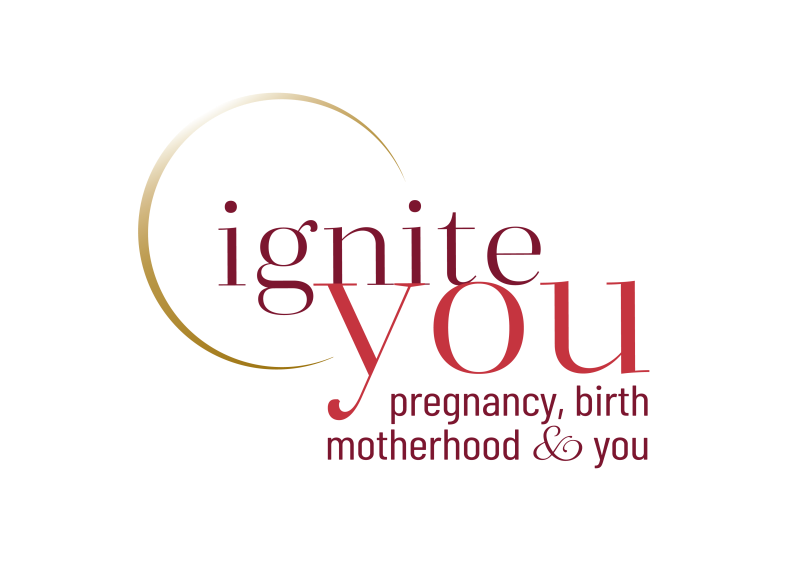A Guide to birth mapping
Building your Personalised birth preferences
Bringing a new life into the world is a deeply personal and transformative experience. While birth itself is unpredictable, creating a birth plan—or rather, a birthing map—allows you to define your values, outline your preferences, and communicate your desires with your birthing team. Instead of viewing this as a rigid plan, think of it as a flexible guide that adapts to the journey ahead while ensuring you remain at the center of decision-making. This approach aligns with the principles of Empowered Birth Education, which prioritises informed choices, autonomy, and a supportive birthing environment.
Understanding a Birthing Map
A birthing map differs from a traditional birth plan in that it acknowledges the unpredictable nature of labor and delivery while still affirming your core values and preferences. Rather than setting rigid expectations, a birthing map provides a framework that can adapt based on circumstances, helping you navigate choices with confidence.
Steps to Creating Your Birthing Map
1. Define Your Birth Values
Before listing specific preferences, reflect on what matters most to you in your birthing experience. Consider not just for yourself but what your baby is calling for:
Do you and this baby want a home birth, birthing center, or hospital birth?
How do you and your baby envision the atmosphere (lighting, music, support persons)?
What are your priorities regarding pain management based off what you sense with this baby;(medicated, unmedicated, alternative methods)?
How involved do you and baby want your partner or support person to be?
What kind of communication and decision-making process do you prefer with your care team?
2. Outline Your Preferences
While birth can be unpredictable, noting your preferences helps guide your experience. Some key aspects to consider include:
Labor Preferences:
Preferred positions for labouring and pushing
Mobility and access to birthing aids (birthing balls, tubs, etc.)
Pain relief methods (breathing techniques, massage, epidural, nitrous oxide, etc.)
Fetal monitoring preferences (continuous vs. intermittent)
Delivery Preferences:
Hands-on or hands-off approach by providers
Cord clamping and cutting (delayed cord clamping, partner cutting the cord)
Immediate skin-to-skin contact and bonding
Preferences regarding episiotomy and tearing interventions
Postpartum and Newborn Care:
Delayed newborn procedures (weighing, measuring, etc.)
Breastfeeding support or formula feeding plan
Newborn medical interventions (Vitamin K shot, eye ointment, vaccinations)
Rooming-in vs. nursery care
3. Consider Contingency Plans
Because birth is unpredictable, it’s empowering to explore various scenarios, including emergency interventions. Addressing these possibilities beforehand allows you to make informed choices in the moment. Some things to think about:
Cesarean birth preferences (gentle C-section options, partner presence, skin-to-skin contact options)
Pain management alternatives if initial preferences change
Support during unexpected medical interventions
4. Communicate with Your Birth Team
A well-communicated birthing map ensures that your team understands and respects your choices. Share your preferences with your doctor, midwife, doula, and support person. Discuss your plan during prenatal visits and be open to their input while ensuring your voice remains central.
Embracing Flexibility in Your Birth Journey
Birth is an unpredictable process, and even the most well-thought-out plans may need adjustments. The key is to embrace flexibility while staying true to your values and preferences around feeling into what is needed for the bay to come through. The goal of a birthing map is not to control every detail but to empower you to navigate your experience with knowledge and confidence by creating a supportive birth enviroemnt and team where you feel safe.
By crafting a personalised birthing map, you ensure that your birth journey aligns with your family values, while also preparing for the unexpected. With informed choices, a supportive team, and a flexible mindset, you can experience an empowered birth—one that honors both your desires and the natural course of how your baby is designed to be born.
